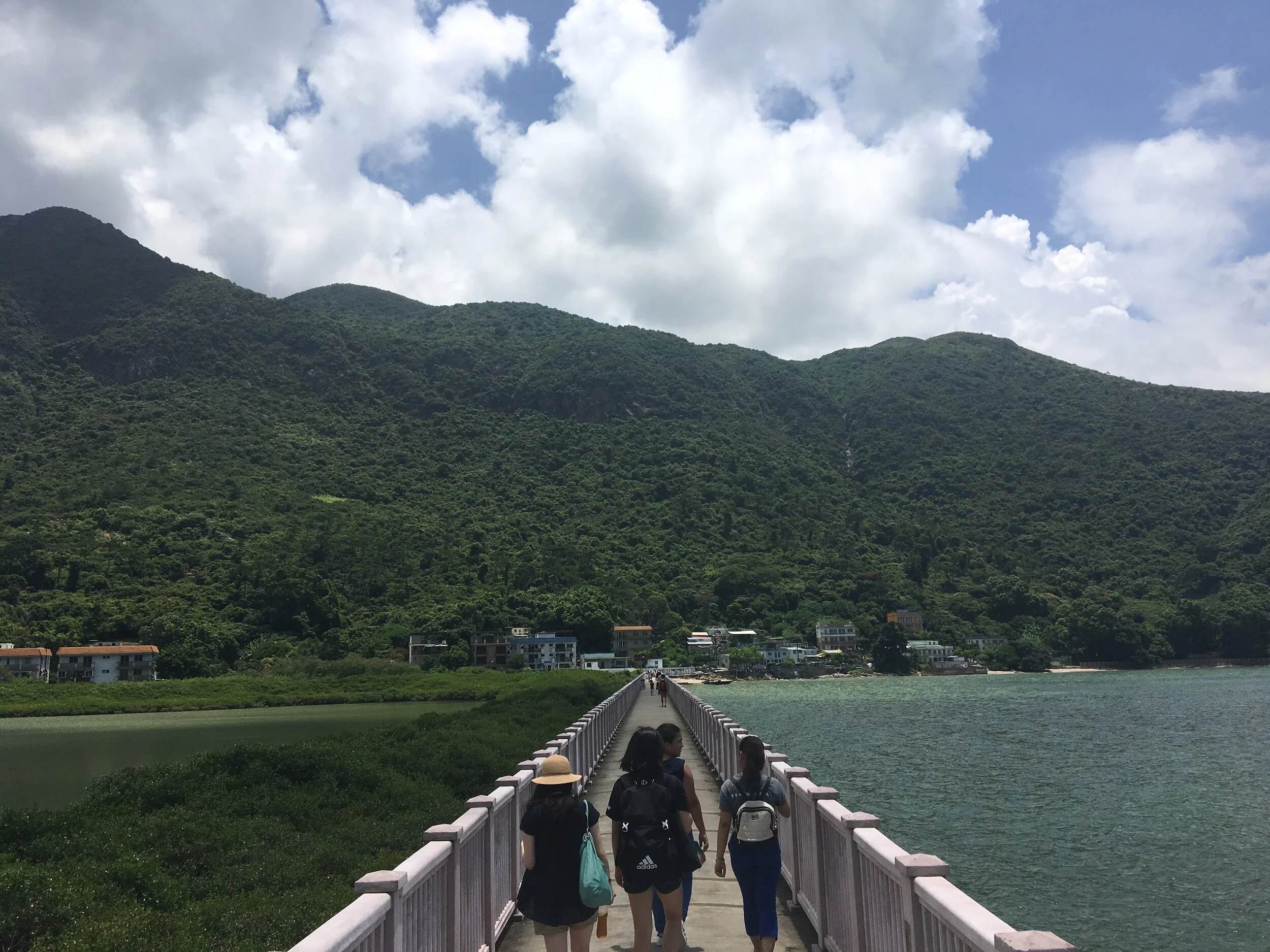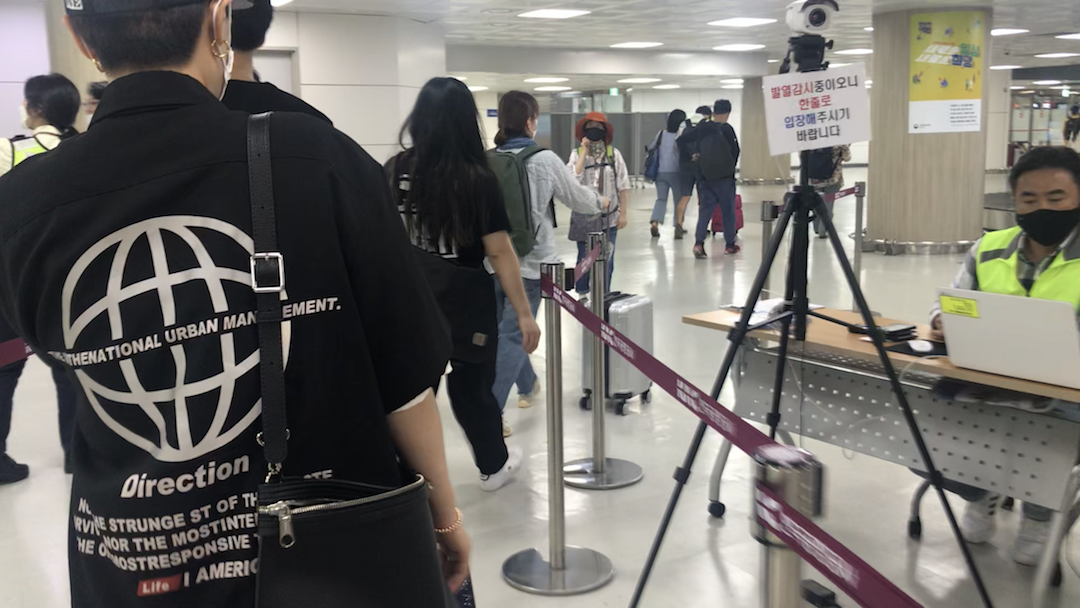Life During COVID-19 in South Korea (Seoul)
/For a while now I’ve resided in South Korea--thousands of miles away from my hometown in the southeastern United States. And while these two places usually do things in different ways (given cultural, linguistic and infrastructure differences), the way life seems to be comparing across these two countries has become especially deviant today, in mid-2020.
If you’ve consumed any form of media, you’ve probably heard South Korea floating through international news quite a bit this year. And it had nothing to do with k-dramas or BTS, and everything to do with COVID.
I’m gonna assume you already know most of the rundown, but I’ll also sum it up shortly: Christian cult caused a massive spike in the spread of cases in Feb 2020, government took big steps with testing and contact tracing. No lockdown, yet the country experienced an excellent reduction in cases and deaths in less than 12 weeks.
That gives kind of the bird’s-eye view of things, from the public health standpoint. But of course public health doesn’t exist in a bubble, separated from the rest of society. Thus in so many countries, lockdown and social distancing has also drastically changed the rules of social life as well.
So given the good marks of how the country managed the COVID crisis, what does daily and social life look like now in South Korea?
Face Masks
One very important aspect I should first mention are face masks. Masks had already been socialized into common use here long ago, due to the bad seasonal air pollution that Korea suffers from. Until recently, the main health reason for wearing a face mask here was to protect your airways from the 미세먼지, or fine dust (they had also evolved to be worn for fashion reasons as well). So disposable masks from various brands in a variety of styles and fashion patterns have long since been readily available to the public. During the major outbreak in February and March, Korea faced a mask shortage, and the government actually resorted to a rationing system to equally distribute them across the population. But as things got better, mask availability has largely returned to what they used to be.
Nowadays, there is a bit of soft facemask usage enforcement. Buses and taxis are allowed to refuse passengers who aren’t wearing masks, and sometimes if you are in a place like a store, office building or restaurant, you may be requested to put one on. But really, since mask usage has already been well incorporated into the society here, getting people to wear them isn’t much of an uphill battle. When I go out, I would say I see about 90% of people wearing masks. There’s tons of signage and ads to serve as reminders, and it’s not uncommon to even see statues and art installments fashioned with masks to further reinforce the point.
Even the statues don’t mind wearing masks! (:
Social Life
People are always surprised when I tell them that Korea never issued any widespread lockdown (I think the epicenter of the crisis, Daegu, and nearby areas did though). Schools did delay the start of the school semester (outbreak happened during Korea’s winter break), and many corporate offices moved their workers to operate on a work-from-home basis. And many people, particularly families and those living in less-dense areas, took social distancing very seriously. But honestly...since the major February outbreak has subsided, I find that many Koreans don’t really exercise social distance. (Step on a Line 2 or Line 6 subway car around 5:30pm and you’ll see what I mean.) An example from Seoul: even through the major outbreak in February & March, bars and nightclubs never closed down. They definitely experienced a downfall in patronage, but it is still shocking to me that they initially were never made to cease business. It was only recently that nightclubs were forced to close--following a secondary outbreak that stemmed from a string of nightclubs.
So clubbing is a no-go these days (I really thought that would’ve been self-explanatory: dark small spaces huddled close with dozens of people, in close contact with each other and other surfaces sounds like virus utopia🙅🏽♀️). But while you’d think that other spaces where it’d be difficult to social distance would have shut down as well (like bars, restaurants and cafes), a great many of these places did not. In Korea, things like eating and drinking are very closely tied into socializing, and are held as very important gatherings for building & maintaining relationships. I suspect this may be why we never saw a widespread shut down of these kinds of businesses. While bars and fast food joints in the States are largely about capitalism, 술집s (literal translation: alcohol houses) and cafes are more closely tied with modern Korean culture--so shutting down these establishments would likely be more devastating society-wise than the same move would be in a place like the United States. Then again, I’m mostly speaking about Seoul, which was not the epicenter of the big wave--so there just may not have been the numbers to justify it here.
One major cultural social activity that the government had little choice but to come down on was noraebang, aka karaoke rooms. In Korea (and some other Asian countries as well!), karaoke is a very big social activity. If you spend time out with friends in Korea, a common way to end the night is in a karaoke room, which you can rent by the hour and sing along to ballads or pop hits to your heart’s content. However, since recent string of COVID cases in Seoul got traced back to a noraebang facility, the city took the painful liberty to shut these establishments.
Other new regular precautions
When out and about, it’s not uncommon to now find yourself being subjected to temperature checks. I’ve had this happen to me whether I was entering casual cafes, a sprawling shared office space, or an outdoor event. I find this to be a tool that many places use in as a means to feel like they’re taking some sort of precautionary measure, particularly if they can’t keep a cap on the number and rate of people going in and out of an area. In some places that experience less traffic, I have had to write down my information (name, address, phone number) in addition to the temperature check.
The more advanced version of the individual temperature checks that has also become common are infrared thermometer cameras. These days it’s very common to see these set up at the entrances of places that experience really heavy foot traffic, like malls/underground shopping areas, subway stations and bus terminals. On the display screens, the video feed doesn’t show up normally, but instead in the neon blues, greens and reds that you would expect to see in an infrared camera.
The most recent tactic that people aren’t crazy about though is the use of QR codes. Apparently some places that are deemed as “high risk” for spreading the virus (gyms/fitness centers, clubs, etc.) will have to use QR code readers to collect data on visitors. I have not personally had to do this yet, and when I talk to others about it they don’t seem too enthused about more monitoring of their lifestyle habits (surveillance in Korea is pretty high as is). It seems like a lot of people would just prefer to forgo visiting those types of places altogether--and somehow, that outcome actually seems like the better one.
So in South Korea, I would say that life is honestly continuing as normally as it could, given the circumstances. The number of new cases these days still hovers a little under 50/day as small clusters of infections are continually identified. But I feel that this rate is likely going to become the new normal until a vaccine becomes readily available. But even until then, we get to enjoy some relative normalcy here in South Korea--the undeniable fruits of the labor put in by the government early and often to control the pandemics’ hold on the country.



